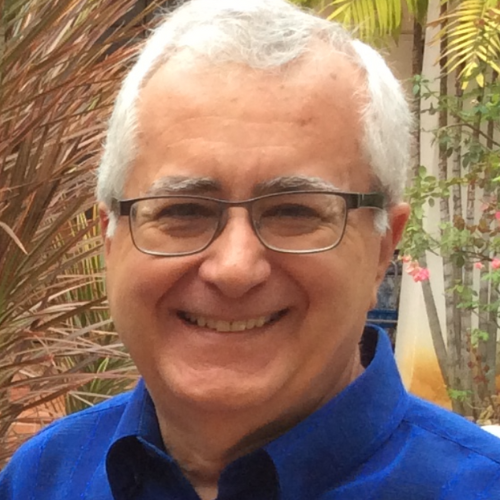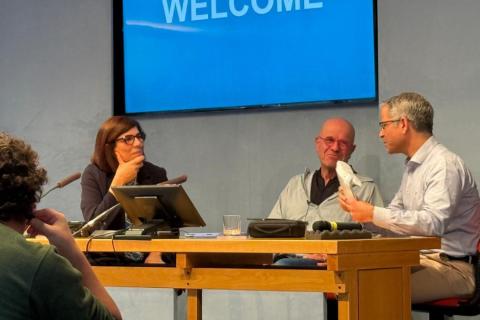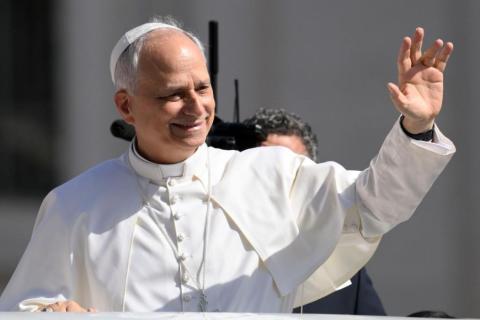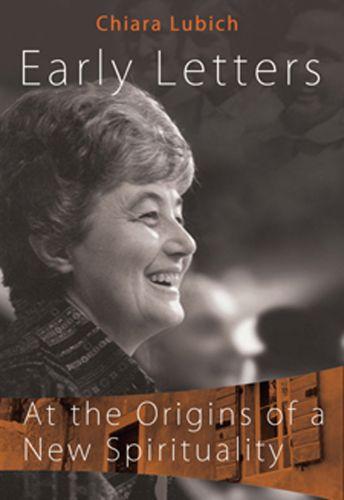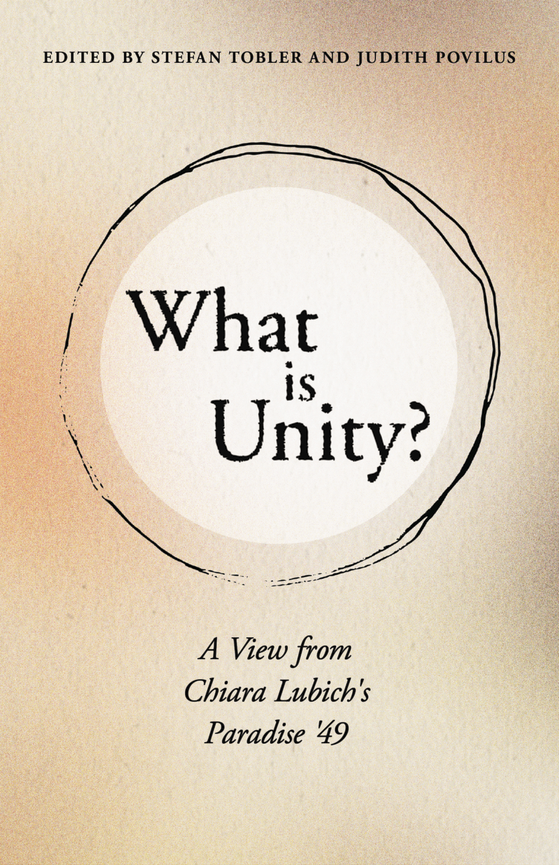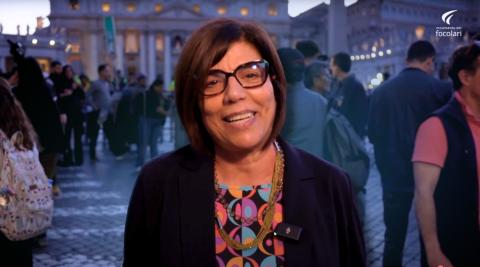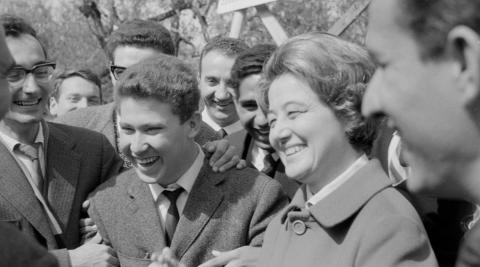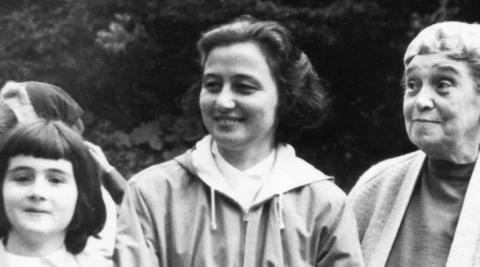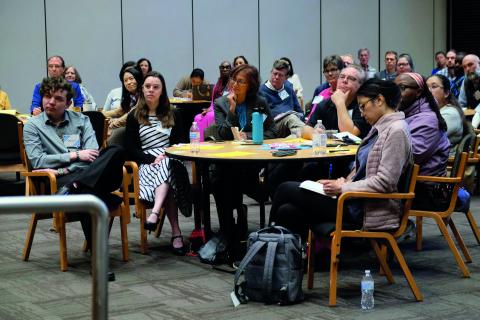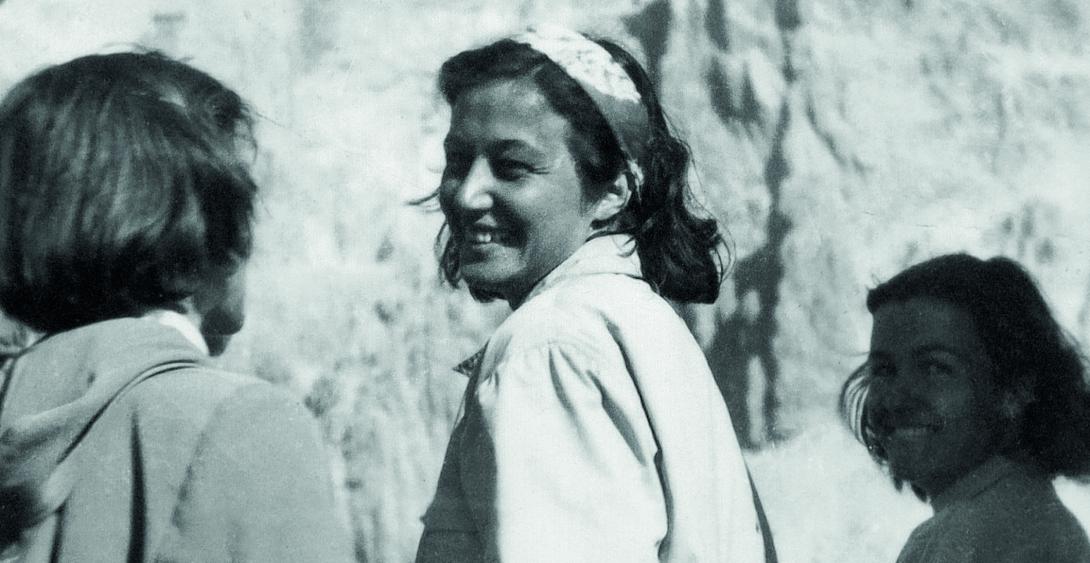
Photo by CSC Audiovisivi
After Focolare founder’s death and the end of this charismatic phase of the movement, how do we move ahead? Creative faithfulness or dynamic fidelity is, in Pope Francis’ words, a question of “remaining faithful to the original source [while] striving to rethink it and express it in dialogue with the new social and cultural situations… The tree grows in dialogue with reality.”
The spiritual roots of the Focolare are in that charismatic period that began with the mystical experience that we refer to as “Paradise ’49”—a period in which Focolare founder Chiara Lubich gained a lot of insights about the charism that God revealed to her. It is helpful to return there, not as an exercise in nostalgia, but so as to deepen our understanding of what our charism demands of us today.
In 1981, a few days before his death, Piero Pasolini, a focolarino from the early days, referenced Chiara’s meditation on Jesus Forsaken, written after the mystical experiences of Paradise ’49 had ended. Pasolini says that we may have only read it as a poem, implying that, perhaps, we are not understanding it deeply enough. Let us reread it together:
“I have only one spouse on earth: Jesus Forsaken, I have no other God but him. In him is all of heaven with the Trinity and all of earth with humanity. Therefore, what is his is mine and nothing else. And his is universal pain and therefore mine.
“I will go through the world looking for him in every moment of my life. What hurts me is mine. Mine the pain that touches me in the present, mine the pain of the souls around me: that is my Jesus, I know no other.
“Mine is everything that is not peace, that is not joy, beautiful, lovable, serene. In a word, everything that is not paradise. Because I too have my paradise, but it is in the heart of my spouse.
“So, for the years that remain to me, may I thirst for pain, anguish, despair, separation, exile, abandonment, heartbreak... everything that is him. And he is sin, hell. In this way I will drain away the water of tribulation in many hearts near and, through communion with my almighty bridegroom, far.
“I will pass as a fire that consumes all that has to fall and leaves standing only the truth. But it is necessary to be like him, to be him in the present moment of life.”
Soon after she penned this meditation, Chiara moved to Rome. There she wrote another meditation that, in my opinion, has to be read in tandem with “I have only one spouse”—the “Resurrection of Rome.”
“If I look at this city of Rome, as it is, I feel that my ideal is far off,” she wrote. “I would call my ideal a utopia if I didn’t think of the one who also saw a world like this around him… He looked at the world just as I see it, but he didn’t doubt…
“I go through Rome, but I don’t want to look at it. I look at the world within me... I make myself completely one with the Trinity residing in my soul, enlightening it with eternal light, filling it with all of heaven…
“My eyes are no longer closed… It is Christ in me who looks and sees once again the blind to be given sight, the mute to whom voice is to be given, and the crippled to be healed… Thus, I extend Christ in me to my neighbor…
“God is not in us like a crucifix hanging on a wall… Jesus is life, complete life... And he who has found Christ, this man, has found the solution to every problem, whether human or divine. It is enough to love him.”
Chiara writes, “I don’t want to look.” Isn’t that the natural reaction? But we know from our own experience that this attitude can draw us into ourselves. We run the risk of becoming, individually and collectively, like a kind of black hole—dead stars that might be super bright on the inside but do not let any light out.
Chiara turns inward and looks at the world within her, but not in order to escape the outside world, but in order to commune with the Trinity and be filled with eternal light. For what purpose? In order to open her eyes again and look, but now “it is Christ who looks and sees once again the blind to be given sight, the mute to whom voice is to be given, and the crippled to be healed.”
It is not a look that ignores the challenges in a naïve manner or that flees from them, nor is it a cynical or resigned look. It is a look that recognizes the challenges and feels compelled to act.
But this look goes further, deeper: it awakens my neighbor’s potentiality. It is a look that generates, creates and transforms. Chiara writes, “Thus, I extend Christ in me to my neighbor.” But this can only happen if my look is purified by that love that is gift, sharing and communion.
Mother Teresa comes to mind, with a look full of love, which reveals the soul of someone who has given away everything so as to serve Christ in the poor. Or St. Francis who, when he was almost blind, tried in body and spirit, writes his Canticle of the Creatures, in which he describes an intimate and profound link with all of creation to the point of referring to death as Sister Death. Or St. Ignatius of Loyola, who taught his followers to find God in all things, and St. Vincent de Paul, who saw the poor as his bosses. And so many others.
The words of Jesus reported in John 17 resonate: “They do not belong to the world any more than I belong to the world. I do not ask that you take them out of the world but that you keep them from the evil one… As you sent me into the world, so I sent them into the world…
“I pray not only for them, but also for those who will believe in me through their word, so that they may all be one, as you, Father, are in me and I in you, that they also may be in us, that the world may believe that you sent me.”
In that same talk of 1981 to which I alluded earlier, Pasolini said: “In practice, the great paradox is this: God is where things go wrong, God is in the sinner, he is in those who hate me, he is in the one who does evil, he is in the indifferent, in those who lean on me, who make demands.
“That is the God I must recognize... This is what Chiara wants us to do. So, a new way of seeing the world… Yes, because now we have understood that for us our will of God is this Jesus Forsaken.”
“I will go through the world looking for him in every moment of my life.”
Do we recognize and love our spouse in the trials and tribulations of humanity? Do we hear him in the cry of creation? Do we acknowledge him in the aspirations of the new generations?


